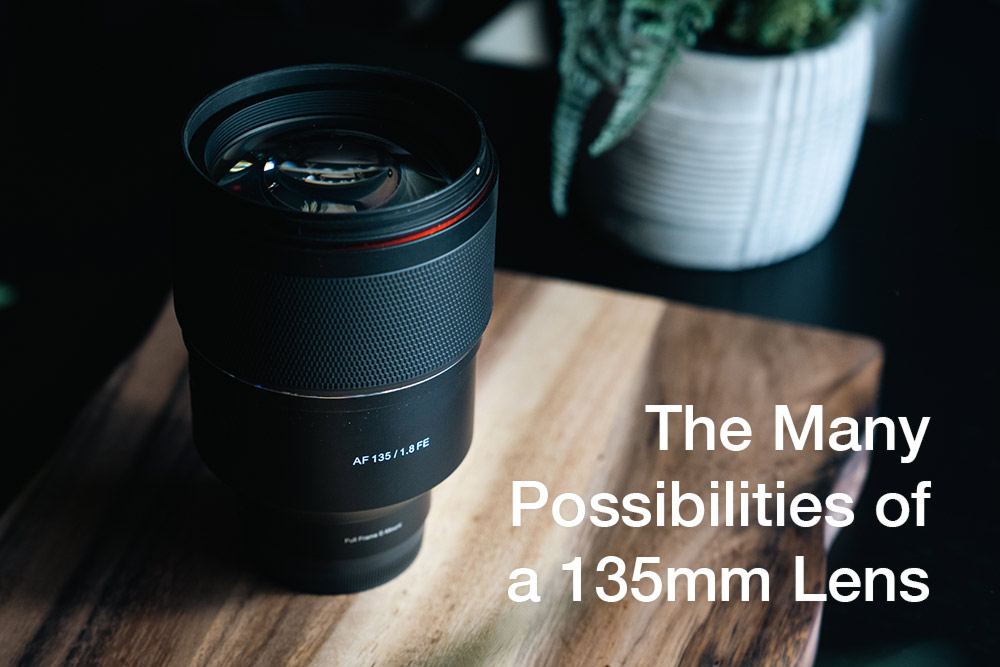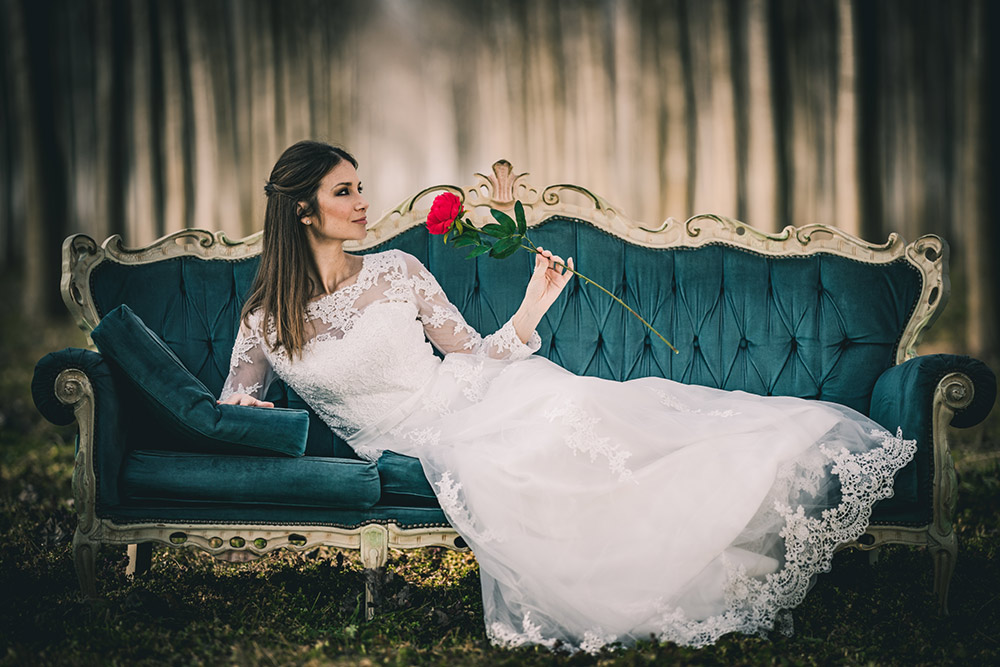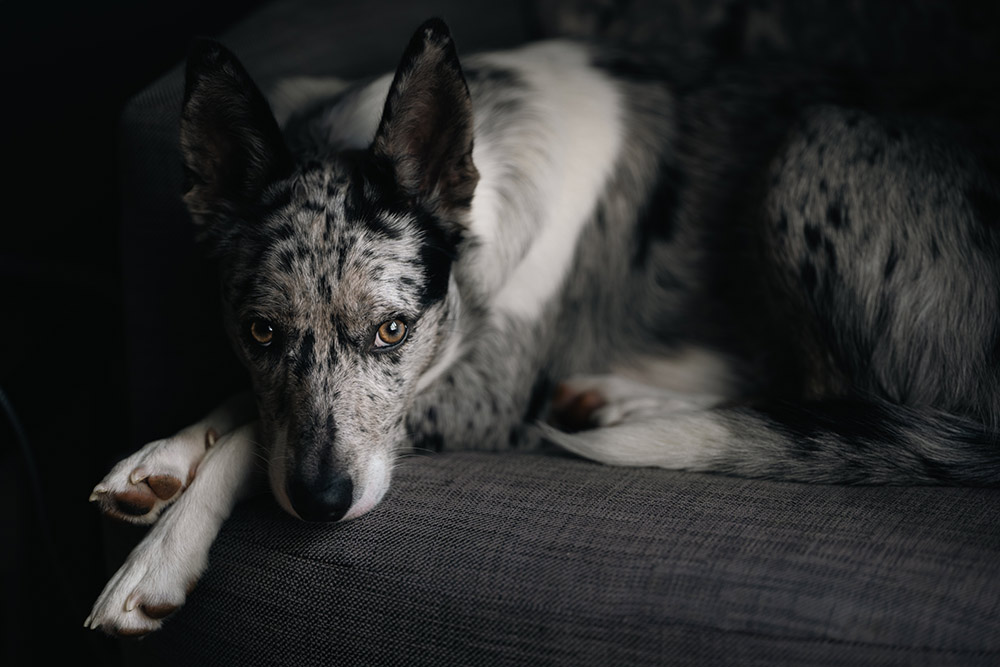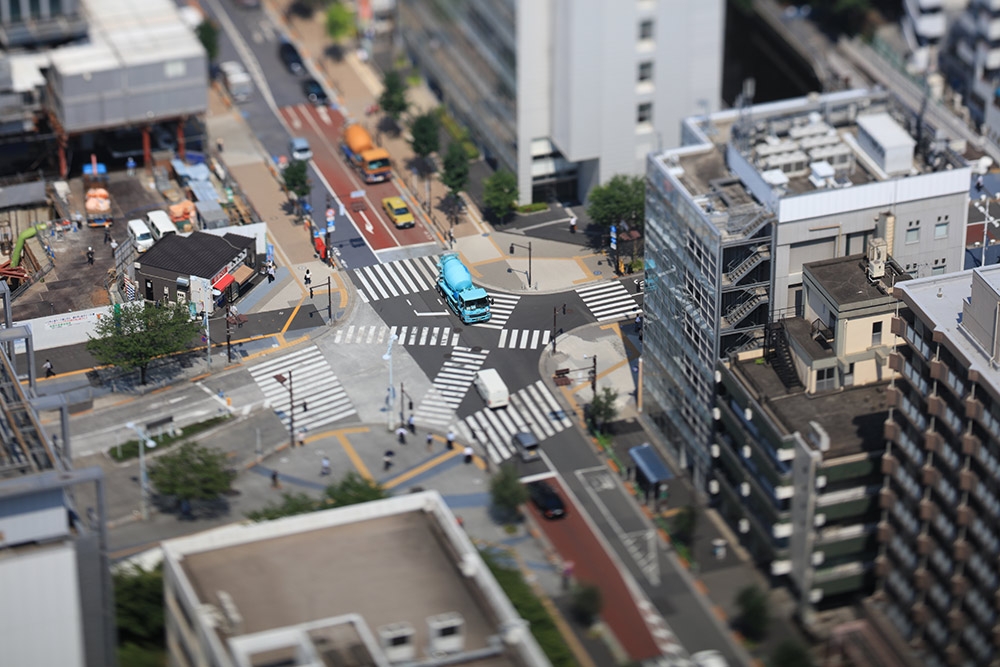- Call us: 01444 237070
- Contact Us
- Stores
- Sign In / Register
-
- Back
- Used Cameras
- Used Accessories
- Used Lenses
- Used Video
- Used Film Equipment
- Used Stock Alert
- Used Blank Test
- Sell or Part Exchange
- Used Clearance
- Recently Added Used Equipment
- Park Picks
- All Used Black Friday Deals
- Faulty
- Trade-In
- Blog
- New in
- Call us
- Contact us
- Stores
- Sign in
- Categories
- Tips & Inspiration
- Reviews
- News
- Events
- Features
- Buying Guides
- Competitions
The Many Possibilities of 135mm Lens
If you’ve ever wondered what a 135mm lens is good for this guide may highlight some surprises as there are many possibilities of a 135mm lens. Our video reviewer Gareth explores this telephoto lens and we make some recommendations for which to choose.

What is a 135mm lens good for?
A 135mm lens is good for a surprisingly broad variety of shots, as this telephoto range tends to include a wide aperture. This makes 135mm a great choice for portraits of people and pets, landscapes, street photography and products. There are also specialised 135mm macro and tilt shift lenses available.

Sample photo 1 with Sony FE 135mm F/1.8 GM lens. Camera settings: 1/2500 sec. f/1.8. ISO 100 © Cristiano Ostinelli
Why shoot with a prime lens?
Many photographers prefer prime lenses as they typically offer extremely high quality results along with a bright (wide) maximum aperture. This allows you to shoot handheld in low light, as well as experiment with depth of field to separate your subject. You can explore more differences between prime vs zoom lenses here, which discusses some of the pros and cons for each type of lens.

Sample photo 2 with Samyang AF 135mm F1.8 lens. Camera settings: 1/125 sec. f/1.8. ISO 200
What does a 135mm focal width look like?
We’ve included several sample photos to show how 135mm compresses an image, regardless of subject. It is a tighter focal width, which frames your subject far closer than an 85mm lens for example, which is another popular prime for portraits and similar subjects.
At this range you can create vignettes of your subject too, particularly when shooting in the landscape or city, where you can create abstracts of distant features including architectural details, trees and rocks.
You can also harness the wide maximum aperture which many of these primes offer. Shooting wide open at f/1.8 you’ll be able to capture a fine focal plane, isolate your subject and render smooth out of focus areas to reduce distractions. A shallow depth of field can also produce lovely bokeh creating a magical lighting effect in your image, regardless of whether capturing a portrait, food shots or a landscape.

Sample photo 3 with Canon TS-E 135mm F/4L Tilt Shift Macro Lens. Camera settings: 1/125 sec. f/4. ISO 100
135mm cinema lenses
135mm is also a popular focal width for cine lenses, with moviemakers employing this focal width for similar reasons as photographers. There are a number of video-centric brands who produce 135mm cine lenses, including Samyang, XEEN and Canon.

Sample photo 4 with Samyang AF 135mm F1.8 lens. Camera settings: 1/400 sec. f/2.8. ISO 100
Specialised 135mm lenses
At this focal width you may be surprised that there are a handful of specialised options top help you create unique images. The Canon TS-E 135mm f/4L MACRO is a great example as it is a tilt-shift lens offering selective perspective control together with telephoto compression and the bonus of 1:2 macro close-ups. This lens has a ± 10° Tilt and ±12mm Shift range, which allows you to compensate for verticals, create a miniature 'toy-town' look and capture architecture. It is also the perfect focal width for striking portraits, assuming your subject stays reasonably still. We’ve included a couple of samples from this lens to show just how adept it is at different styles of photography.

Sample photo 5 with Canon TS-E 135mm F/4L Tilt Shift Macro Lens. Camera settings: 1/1300 sec. f/4. ISO 100
Which 135mm should you buy?
Although 135mm isn’t as popular as standard focal widths such as 35mm or 50mm, there are still plenty of 135mm lenses to choose from, for both DSLR and mirrorless cameras. To help you choose which to buy, we’ve complied a table with some of the most popular primes for each camera system below. Please note that crop sensor APS-C format lenses are around 90mm, which gives an equivalent focal width in full-frame format.
|
Camera system |
Option 1 |
Option 2 |
Option 3 |
|
Canon EF DSLR |
|||
|
Nikon F DSLR |
|||
|
Sony E |
|||
|
Fujifilm X |
|
|
|
|
L mount |
|
|
|
|
Leica M |
|
|
Video
Watch Gareth’s video here, where he explores the many possibilities of a 135mm lens.
Summary
With a 135mm telephoto prime lens you can shoot a diverse range of subjects, explore depth of field and create beautifully compressed images with many subjects. It may not be the most popular focal width, but is definitely worth considering when choosing a telephoto prime for your kit. Browse our lenses here to find the perfect one for your creative photography.
Share this post:
By Nick Dautlich on 28/06/2022
Nick Dautlich
Senior Content Writer and Product Reviewer
Nick Dautlich is the Senior Content Writer and Product Reviewer at Park Cameras, with over 15 years of photography experience. A Sony Imaging Professional and expert reviewer, Nick has worked with major brands such as Canon, Sony and Nikon. His work is also featured on Vanguard World UK’s website, Capture Landscapes, and Shutter Evolve. Nick’s photography includes National Trust projects and magazine covers and he is passionate about landscapes and storytelling. Nick also enjoys hiking and teaching his children about nature. Learn more on his profile page.

Trade in your old equipment
Fast and easy trade in service ensures your old gear is collected efficiently and you are paid quickly! It's very simple to trade in your unwanted photography gear. Just head over to our dedicated Sell or Part Exchange page, fill out the details, and we'll get back to you with an offer for your old gear. Take the cash, or put it towards the cost of your new gear. It's up to you! Find out more
sign up to the newsletter
Keep up to date on the latest photography news, events and offers. Sign up now
